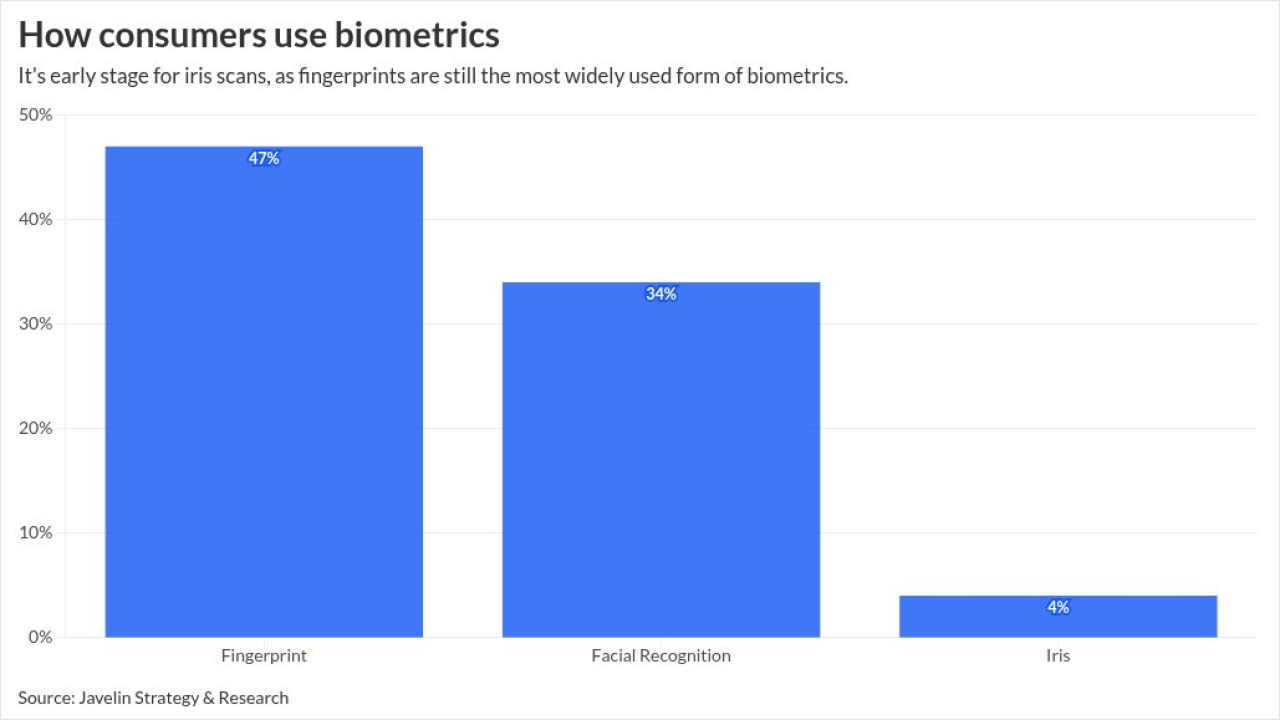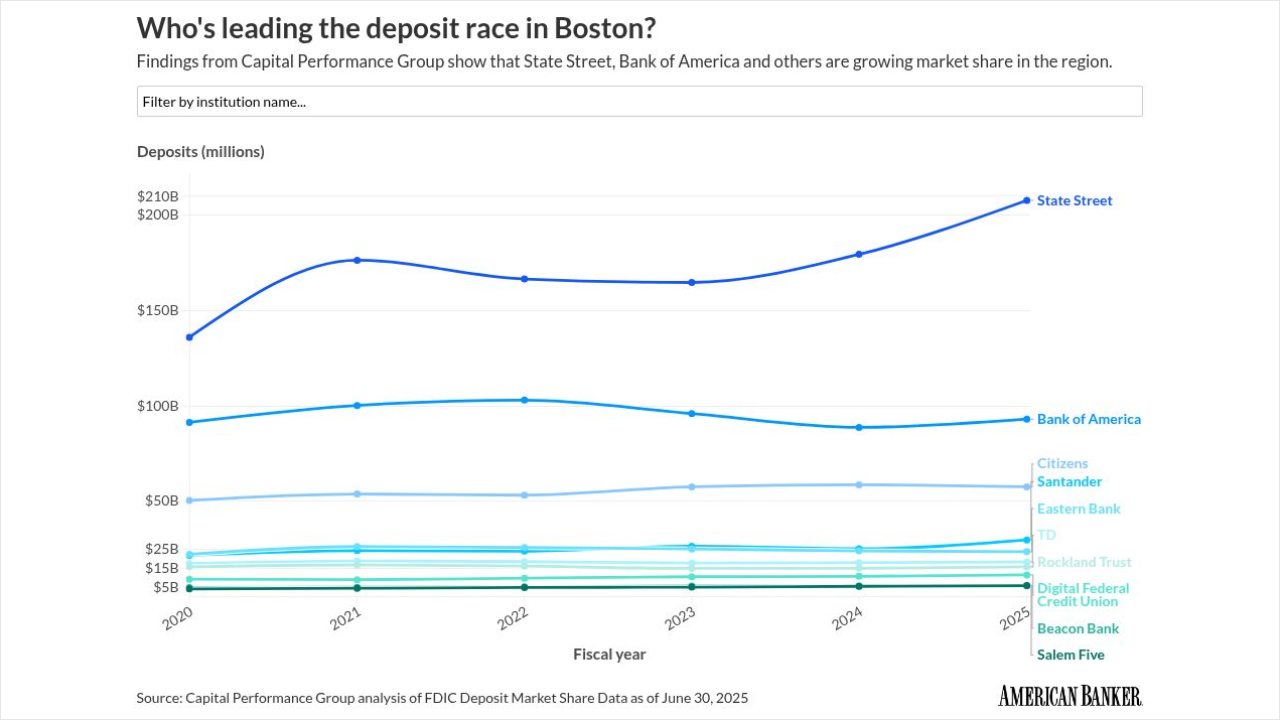U.S. banks are looking to capitalize on a dearth of financing for Europe's commercial property market that's driven lending margins to five times the level prior to the 2008 crisis.
Citigroup Inc., Morgan Stanley, Bank of America Corp. and Wells Fargo & Co. are following insurers and distressed investors allocating capital to the region as local banks, which overextended during the last boom, are forced to contract amid new regulations. Europe faces an $82 billion shortfall between the amount of real-estate debt maturing through this year and the funding available to replace it, according to real-estate broker DTZ.
The scarcity of capital means lenders can charge as much as 3.75 percentage points over benchmarks for the safest pieces of commercial mortgage debt, about five times the spread in 2007, according to Alvarez & Marsal, an adviser on real estate transactions. Those margins will enable banks to revive the market for commercial mortgage-backed bonds, which parcel loans and slice them into securities of varying risk, after it largely shut in 2008.
"Nature abhors a vacuum," said Robin Priest, a managing director of Alvarez & Marsal's real-estate business in London. "The need for debt finance is much greater than the bank-market supply," he said. "This is therefore positive for the CMBS market."
Europe's recession caused the amount of new lending for commercial property in the region to drop by about 77 percent from 2007 through 2011, according to estimates from Michael Haddock, a London-based research director at CBRE Group Inc.
Commerzbank AG, Germany's second-biggest lender, is shuttering its Eurohypo unit, Dutch lender SNS Reaal NV is selling its entire 8 billion-euro ($10.5 billion) commercial real estate loan portfolio and Irish Bank Resolution Corp. has been liquidated by the government. IBRC's assets will be sold on the open market or to the country's National Asset Management Agency.
Citigroup will give commercial mortgages for "property finance to less straightforward trades, provided they are well structured and we are comfortable with the underlying asset," said Wesley Barnes, head of European commercial real estate finance at the New York-based lender. That includes providing debt for the purchase of non-performing loans -- pools of mortgages where the borrower has defaulted -- and corporate acquisitions, he said.
Europe's banks stopped their real-estate lending or reduced it as they repaired their balance sheets. As a result, "there's no real natural provider of the senior part of a debt structure," Barnes said.
Wells Fargo plans to increase its U.K. business, after providing credit to office buildings, industrial properties, multifamily housing projects and hotels, Chip Fedalen, head of institutional and metro-markets at the bank's commercial real- estate division, said by telephone.
Bank of America gave a 1.06 billion euro loan to Fortress Investment Group LLC's Gagfah SA, the third-biggest publicly traded owner of German real estate by market value, this month. Together with Wells Fargo and Royal Bank of Canada, the lender provided 400 million pounds ($610 million) of five-year senior debt to London-based Maybourne Hotels Group in December.
Morgan Stanley plans to start commercial real estate lending in Europe, according to a person with knowledge of the matter who asked not to be identified because he wasn't authorized to discuss the lending plans. Tom Walton, a spokesman for the investment bank, declined to comment.
Bond buyer appetite for U.S. CMBS this year will help drive interest in Europe as investors look for higher returns and to diversify their holdings, Priest at Alvarez & Marsal said. CMBS origination in Europe will increase to more than 10 billion euros from about 2 billion euros in 2012, Roberts estimates. In the U.S., banks have issued more than $13 billion of the deals since December, "far exceeding" last year's pace, according to JPMorgan Chase & Co., which estimates $70 billion of deals in 2013.
Wells Fargo may package its European loans as CMBS, Fedalen said.
Citigroup, which loaned about $1 billion for commercial mortgages in Europe in 2012, plans to increase that this year and may begin originating CMBS in the region, a person with knowledge of the matter said, who declined to be identified as the information isn't public.
Goldman Sachs Group Inc., JPMorgan and Bank of America have also discussed reviving Europe's CMBS market, Charles Roberts, a finance partner at law firm Paul Hastings LLP, said in an interview. The industry is "very much like the market where CMBS was created in the U.S.," following the savings and loans crisis in the late 1980s, Roberts said.
Citigroup, Goldman Sachs, JPMorgan and Bank of America all declined to comment on their plans with CMBS.
U.S. lenders are following insurers and pension funds by providing mortgages for commercial real estate in Europe because margins are as much as 100 basis points, or 1 percentage point, more than in their domestic market, a person familiar with the lenders' plan said.
While firms are getting higher spreads, they're doing so amid a weakening economy and declining property values. The euro-area economy will shrink in consecutive years for the first time, driving unemployment higher as governments, consumers and companies curb spending, the European Commission said on Feb. 22.
The decline in property prices has also affected the performance of CMBS issued before the financial crisis. About 65 percent of the securities maturing in the first nine months of last year weren't repaid on time, Moody's Investors Service said this month. Some properties may have to be unloaded in "fire sales" to ensure holders recoup part of their investment before the bonds mature, the ratings company said.
Much of the capital allocated for investment into the European real estate mortgage funds is coming from U.S.-based fixed-income investors, according to Nassar Hussain, managing partner at Brookland Partners LLP. Hussain has advised on 20 billion euros of real estate debt transaction since 2009.
Margins for the least risky part of commercial mortgage debt in Europe aren't just higher, the loans have lower loan to value ratios, said Priest.
That will allow originators to create CMBS with yields that will attract bond buyers. "If you put good quality, well- structured loans into the trust, and then put enough margin on the bonds, then I believe it will be attractive enough to bring investors into the space," Barnes said. "The market is ready now, you just need to find the right deal."





